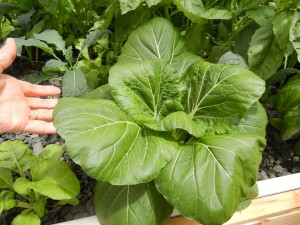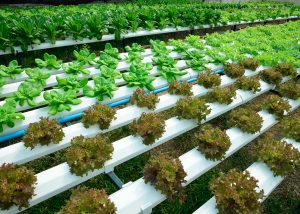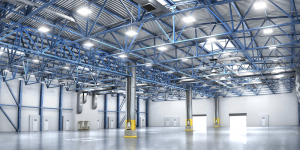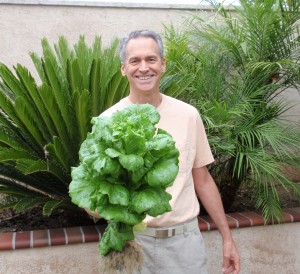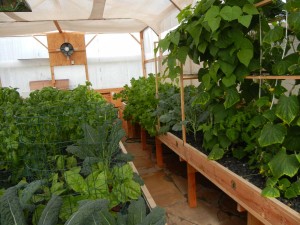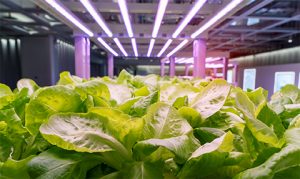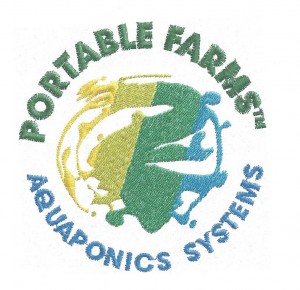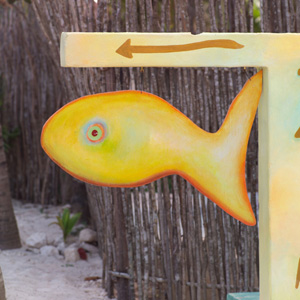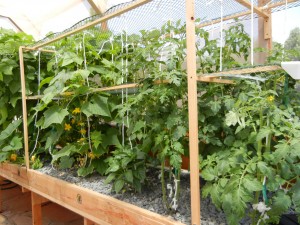The Economics of Aquaponics By Colle and Phyllis Davis, Inventors, Portable Farms® Aquaponics Systems The information in this article focuses on the economics of aquaponics. We explore the financial aspects as well as people’s desire to learn about the aquaponics technology that allows them to grow food year-round. PFAS LLC has offered our Portable Farms® Aquaponics Systemsfor …
Category: Sustainability
Energy-Saving Devices for Aquaponics in Cold Climates
New Energy-Saving Devices for Aquaponics in Cold Climates – by Colle and Phyllis Davis We receive many inquiries from people who live in very COLD climates who ask us, “Does aquaponics work in cold climates?” And our answer is always, “YES IT DOES! In fact, it’s actually easier to heat a greenhouse than it is …
Here is The Difference Between Hydroponics and Aquaponics
Here is The Difference Between Hydroponics and Aquaponics – by Colle and Phyllis Davis A commercial aquaponics system creates immediate jobs and food for semi-skilled people trained in less than a week. Permanent full-time jobs and year round food production in three months in greenhouses or warehouse. Grows pesticide free food, table vegetables and fish, …
Warehouse Aquaponics? Yes, Here’s How . . .
Warehouse Aquaponics with Portable Farms®? Yes, Here’s How . . . – by Colle and Phyllis Davis We cracked the code so you make money faster and easier and with LOWER ELECTRICAL COSTS to increase your ROI for warehouse aquaponics! You’re welcome. Those huge empty warehouses on the edge of town seem to be begging to …
Think Ahead for Winter Growing
Winter Growing in Aquaponics – by Colle and Phyllis Davis Yes, you can grow a variety of crops YEAR ROUND in aquaponics in acclimatized greenhouses if you install grow lights for use during winter months to extend the light of the day. In order to grow food you need six hours of direct sunlight per …
YEAR ROUND Ideal Growing Conditions for Aquaponics
YEAR ROUND Ideal Growing Conditions for Aquaponics– by Colle and Phyllis Davis One single head of India Mustard (tastes like a spicy lettuce) that was harvested from a Portable Farms® Aquaponics System. Question: “How is it possible that Portable Farms Aquaponics Systems can grow such DELICIOUS and nutrient rich food year round?” Answers: In sunlight, plans …
The Real Cost of INDOOR Aquaponics
The Real Cost of INDOOR Aquaponics –by Colle Davis Aquaponics is a pesticide-free and chemical-free way to grow food. More and more people require food grown under these conditions. Building a garden at your home gives you the advantage of controlling what you and your family eat. The plants growing in the aquaponics’ grow …
Fill & Drain vs. Raft Aquaponics
Fill & Drain vs. Raft Aquaponics– by Colle and Phyllis Davis The Portable Farms® Aquaponics Systems are ideally designed for community aquaponics growing. One acre of land can accommodate 120 Portable Farms® Aquaponics Systems’ modules installed in four separate greenhouses housing 30 modules each to grow 320,000 vegetables and 92,000 pounds of fish which will feed …
Make Money with Your Own Aquaponics’ Business
Make Money with Your Own Aquaponics’ Business – by Colle and Phyllis Davis Portable Farms® Aquaponics Systems Aquaponics is easier and more productive than organic gardening or traditional agriculture and uses 95% less water. Portable Farms® Aquaponics Systems also use less electricity and less labor than any other aquaponics system in the world. Start somewhere, at some …
Cost and Operations of An Aquaponics System
Cost and Operations of an Aquaponics System by Colle and Phyllis Davis READ THE ENTIRE AQUAPONICS COURSE OUTLINE: CLICK HERE. The majority of daily tasks include planting, harvesting and feeding the fish. Repeat the next day. There are two assumptions that will be made here regarding the operations for a backyard aquaponics system: 1) your …
